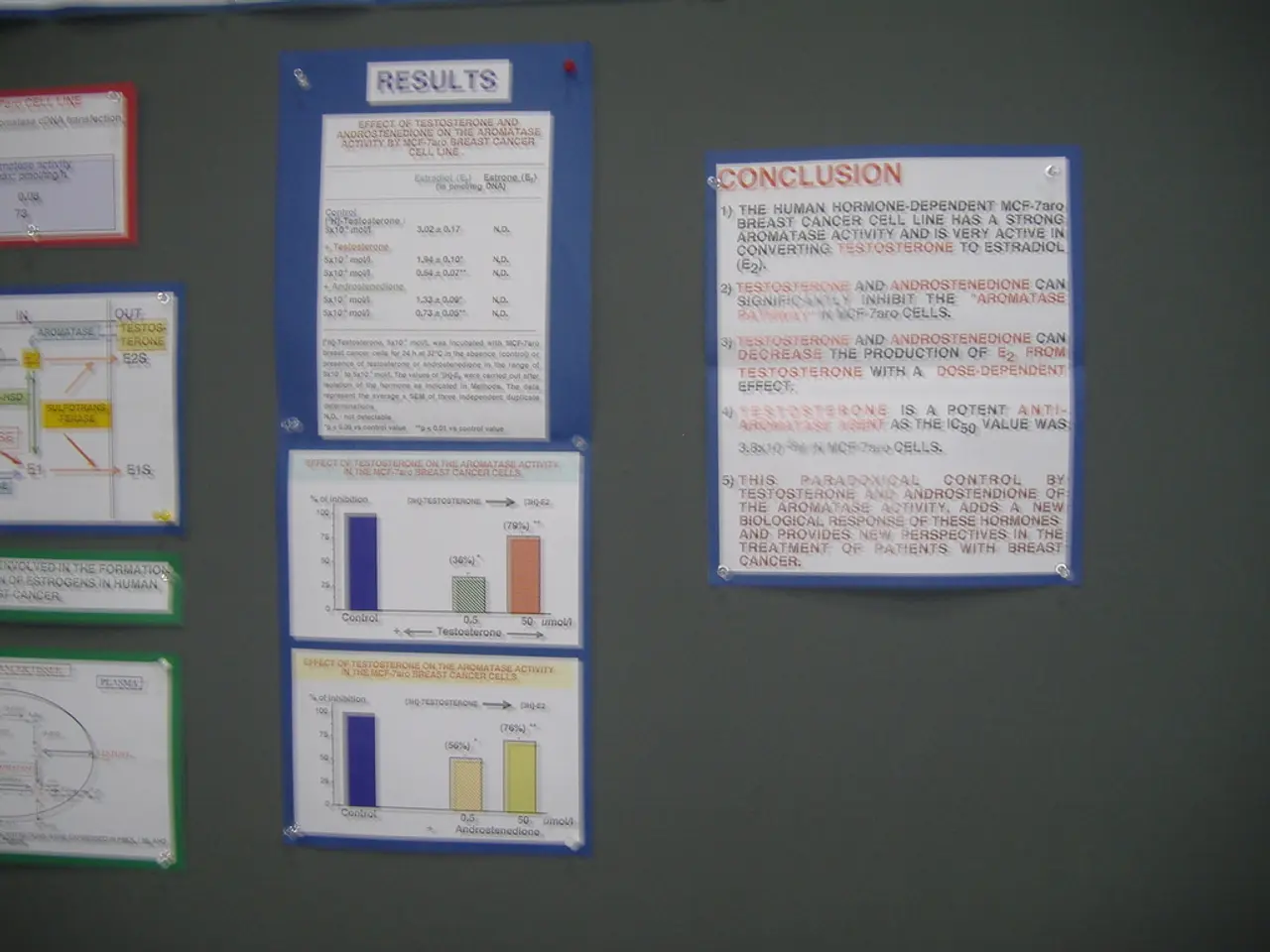Persistent Medium-Term Risk Persists with the Zero Lower Bound
In a revealing insight into the workings of the financial market, it has been observed that interest rates derivatives serve as real-time forward-looking measures of the perceived risk that future interest rates in the United States will approach the zero lower bound (ZLB).
Over the past four decades, interest rates have declined significantly, with the federal funds rate following this trend. The expected level of interest rates has changed over time, declining steadily from about 6% in 2007 to around 1% after the onset of the COVID-19 pandemic, and has since gradually increased.
The risk that interest rates will hit zero tends to fall when the expected future levels of interest rates are higher, and rises when those expected levels approach zero. Currently, despite interest rate levels being relatively high compared to the past decade, the ZLB risk remains significant over the medium to long term because of elevated uncertainty in the market environment.
Recent Federal Reserve research indicates that financial markets assign roughly a 9% probability that the Fed funds rate will hit zero within the next seven years and only about a 1% chance within the next two years, given current rates around 4.25% to 4.5%.
The methodology used to estimate these probabilities involves estimating perceived probability distributions for future short-term interest rates using financial market prices. Uncertainty has fluctuated, typically rising during periods of economic stress or major shifts in monetary policy.
The term structure of ZLB risk and the time series for different horizons are updated regularly and can be found on the San Francisco Fed's Zero Lower Bound Probabilities data page. In the most recent reading, the seven-year-ahead expected level of interest rates was around 4%, and the ZLB risk was about 9%.
It is worth noting that the federal funds rate reached the ZLB in December 2008 at the height of the Great Recession and remained there until December 2015. The rate dropped to the ZLB again in response to the COVID-19 pandemic in about four years after leaving it.
When the current interest rate is well above the ZLB, the term structure of ZLB risk tends to be upward-sloping, meaning that the probability of being constrained by the ZLB mostly increases with the length of the forecast horizon. However, the current considerably elevated uncertainty offsets the higher expected level of interest rates, resulting in a comparable likelihood of reaching the ZLB over longer horizons.
In conclusion, financial market prices, particularly derivatives on interest rates, incorporate market perceptions regarding the likelihood and timing of the U.S. benchmark interest rates approaching the zero lower bound by reflecting the interplay of expected future rate paths and their uncertainty, producing a quantified forward-looking ZLB risk measure that evolves with economic data and policy expectations. This insight provides valuable information for market participants and policymakers alike.
Investing in monetary policy-related financial instruments can provide insights into the market's perception of future interest rates, as their prices incorporate this information, including the risk of interest rates approaching the zero lower bound (ZLB). Current market uncertainty, despite elevated interest rates, maintains a significant ZLB risk over medium to long-term investment horizons, as indicated by recent Federal Reserve research.




